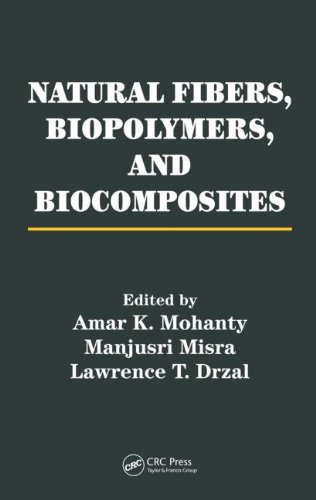

Most ebook files are in PDF format, so you can easily read them using various software such as Foxit Reader or directly on the Google Chrome browser.
Some ebook files are released by publishers in other formats such as .awz, .mobi, .epub, .fb2, etc. You may need to install specific software to read these formats on mobile/PC, such as Calibre.
Please read the tutorial at this link. https://ebooknice.com/page/post?id=faq
We offer FREE conversion to the popular formats you request; however, this may take some time. Therefore, right after payment, please email us, and we will try to provide the service as quickly as possible.
For some exceptional file formats or broken links (if any), please refrain from opening any disputes. Instead, email us first, and we will try to assist within a maximum of 6 hours.
EbookNice Team

Status:
Available0.0
0 reviewsIncluding contributions from experts on biobased materials, the book defines biocomposites and discusses the combination of fibers such as flax, jute, bamboo, pineapple leaf and oil palm fibers, kenaf, and industrial hemp with polymer matrices from both non-renewable and renewable resources. The authors also discuss the chemical nature, testing, biological synthesis, and properties of natural fibers in comparison to traditional materials as well as their cumulative properties when combined with various polymers to produce composite materials that are competitive with synthetic composites.
Natural Fibers, Biopolymers, and Biocomposites explains the rise of petrochemical and plastic products, the problems associated in their disposal, and how biopolymers offer a realistic solution to these problems. It analyzes the varying degrees biodegradability in biobased polymers depending on their composition and structure as well as the environment in which they are placed. Subsequent chapters discuss the advantages and applications of biodegradable polymers derived from starch and cellulose, soybeans, and even from renewable resources and petroleum. The authors conclude with recent trends and opportunities for the future use of biocomposites as alternatives to petroleum-based composites.
The only source available today that focuses on biobased materials, Natural Fibers, Biopolymers, and Biocomposites integrates the principles of sustainability, industrial ecology, eco-efficiency, and green chemistry and engineering into the development of the next generation of materials, products, and processes.